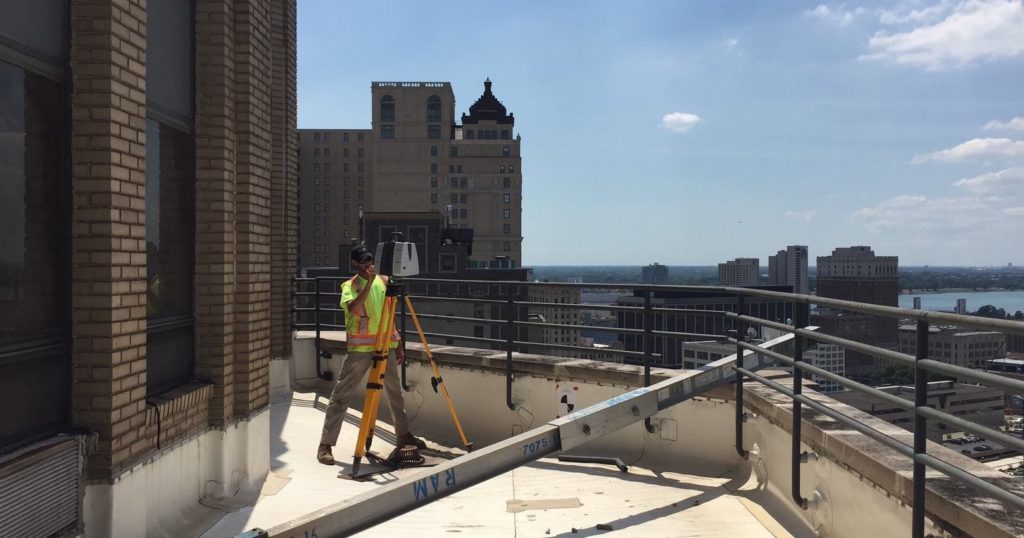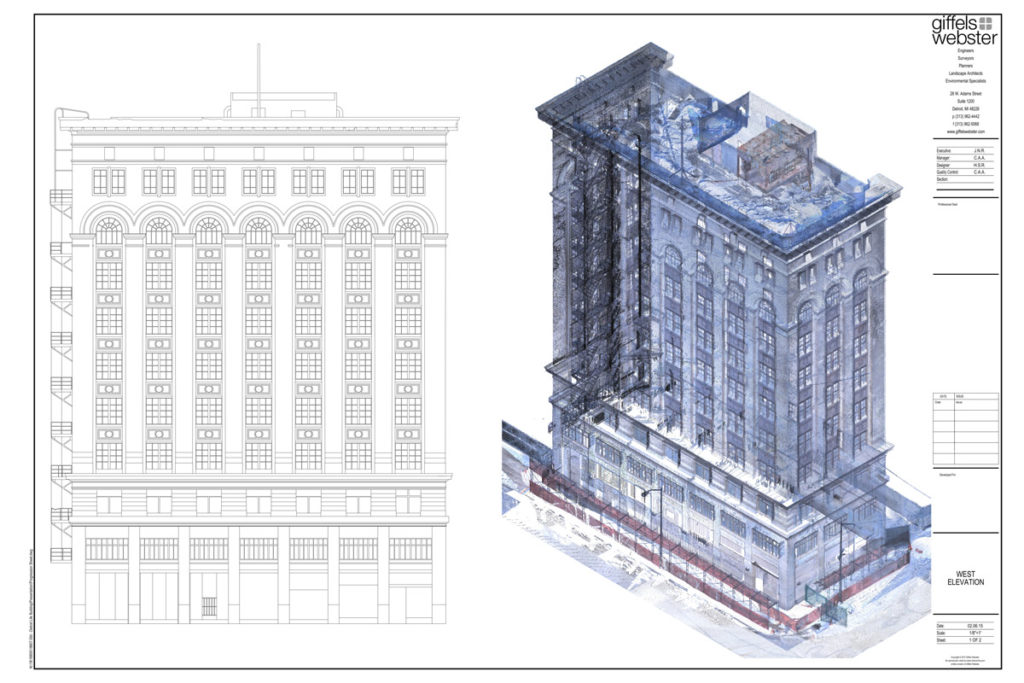
As the world watched a destructive blaze rise from the Notre-Dame Cathedral in Paris on Monday, April 15, restoration questions for the heavily damaged spire and roof quickly became top of mind. How long would repairs take? Is it even possible to replicate the architectural intricacies? Although it may never be an exact replica of the 13th century construction, today’s technologies will play a critical role in guiding the rebuilding process – one data point at a time.
Fortunately, Vassar College art historian Andrew Tallon had already captured many of the iconic building’s unique features. Tallon used laser scanners to create a digital point cloud, or a 360° map, of every feature and surface of the building’s interior in 2015. With reconstruction estimated to take years, Tallon’s data is invaluable to the revival of the Notre-Dame Cathedral.
Preserving the Past, Protecting the Future
Laser scanning technology provides a precise capture of building
interior and exterior features, including architectural details. This
information can be used by design professionals to navigate the complicated planning
and design process for historic preservation projects. This technology’s
ability to provide the information necessary to create lifelike 3D models and
computer-aided design (CAD) drawings of historic structures means that projects
ranging from rehabilitation to reconstruction can be accomplished in a more
efficient and cost-saving manner.
There’s a meaningful story behind historic buildings and places, and we know
it’s important to respect that history – especially as we help revive buildings
in our very own Detroit. The city is making a comeback with new construction
and redevelopment projects popping up almost every week. With so much history
in the Motor City, more and more restoration projects are finding momentum as
well. Some of our recent restoration projects utilizing 3D laser scanners
include:
1. Detroit Life Building
Once home to the Detroit Life Insurance Company, this 1920s building boasts 10 stories of rich architectural features such as reinforced concrete, steel and limestone cladding. In 2018, our team joined an exterior renovation effort of this nearly 100-year-old site to map and model the architectural complexities from top to bottom. Using a Leica 3D laser scanner, our team was able to capture the historic intricacies needed to aid the $17 million restoration project.
The transformation will yield a 32,000-square-foot office space with an additional 6,000 square feet of street-level retail space just north of Columbia Street.

2. Stevens Building
Originally built in 1901 as an adjunct facility for the Detroit YMCA, the Stevens Building stands as the oldest building in the Washington Boulevard Historic District. Following the sale of the building in 2016, Giffels Webster was brought on-site to provide a façade drawing. Our team utilized 3D laser scanners to capture the well-known variance in window types and Italian Romanesque architectural features.
The $18 million renovation will preserve the site as affordable housing for seniors, the building’s sole use since 1981.
3. Hotel Eddystone
Once part of Detroit’s hottest hotel empires, Hotel Eddystone was constructed when Detroit tourism was at an all all-time high in the early 1920s. When the hotel closed in the late 1990s, there were plans for a new development that never came. With the recent construction of Little Caesars Arena, the hotel – located across the street from this prime location – has found new life.
Giffels Webster was hired to conduct a full 13-story scan of the building’s interior, to be used in an upcoming residential and retail project.
Future Plans Informed by the Past
Among the many advantages of laser scanning technology, this non-intrusive process is ideal for historic sites, yielding precise results without interfering with the fragile architecture. Securing this data is an invaluable investment, maintaining the cultural significance these buildings play in our communities.
To learn more about our surveying services for historic preservation, contact our team today.